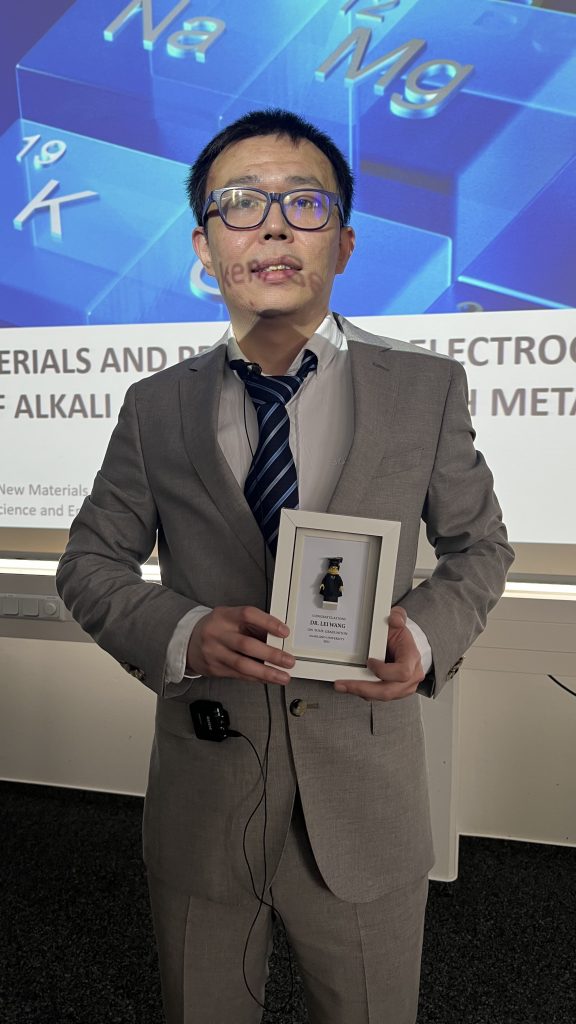Expanding the 2D flatlands: toward MBene Li- and Na-ion batteries 🔋
In our ongoing research to identify sustainable technological alternatives 🌱, we have explored the potential of layered boride materials (MoAlB and Mo2AlB2) for their use in Lithium-ion and Sodium-ion batteries (LIBs and SIBs) 🔬. Great to see our Open Access paper now appeared in print in Small Methods! 🖨️
Some key findings from the paper include:
👉Unlike MXene, no HF is needed for the 3D-to-2D etching reaction🧪
👉Sodium hydroxide treatment applied to MoAlB results in a porous morphology 🍯, leading to higher specific capacities than its original form
👉Mo2AlB2 showcases a more promising specific capacity compared to MoAlB for LIBs, registering a specific capacity of 593 mAh/g after 500 cycles at 200 mA/g ⚡
👉When it comes to SIBs, Mo2AlB2 demonstrated a specific capacity of 150 mA/g at 20 mA/g 📊.
These findings underscore the potential of layered borides as an interesting electrode materials for both LIBs and SIBs, and illuminate 🔦 the significance of surface redox reactions in Li storage mechanisms.
A sincere thank you 🙏 to our amazing partners for their invaluable contributions and collaboration.
Tulane University:
Ahmad Majed
Chukwudi Nwaokorie
Karamullah Eisawi
Audrey Buck
Matthew Montemore
Michael Naguib
INM-Leibniz Institute for New Materials:
Mohammad Torkamanzadeh
Volker Presser
Berkeley Lab:
Chaochao Dun
Jeff Urban


